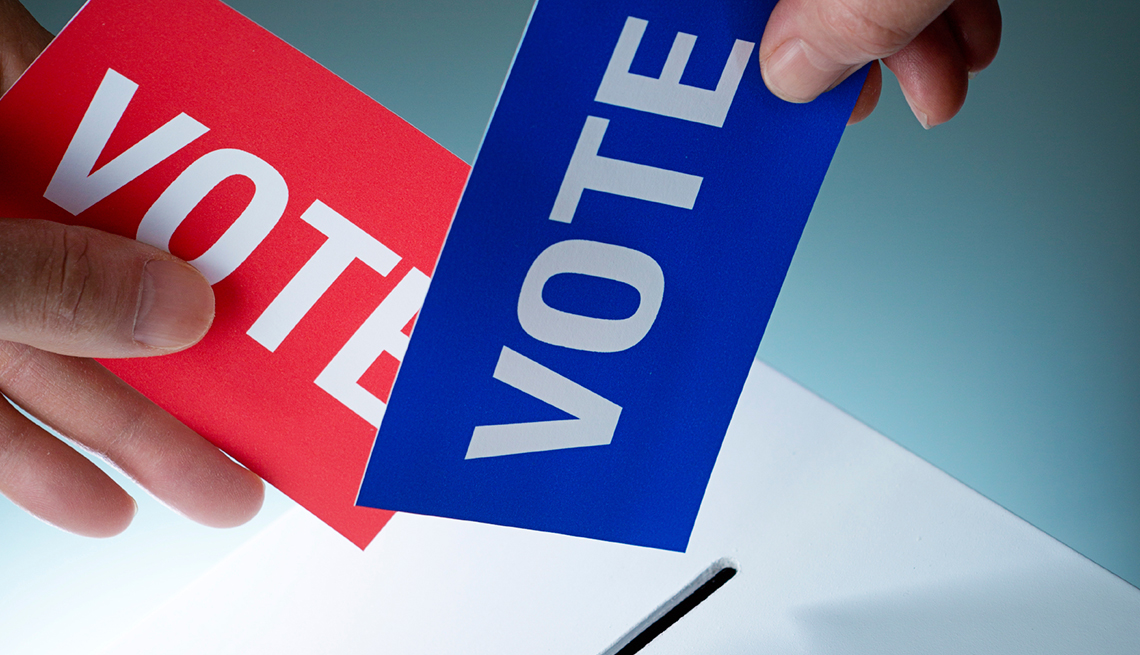Past studies probing the state of the two major political parties in the United States have yielded increasingly polarized outcomes. For politicians, their positions on key issues have drifted further from the center, while voters’ views have remained nearly centrist-like over the last couple of decades.
“Since the 1960s, Democrats and Republicans in the U.S. Congress have taken increasingly polarized positions, while the public’s policy positions have remained centrist and moderate,” according to a study published in the journal SIAM Review. “We explain this apparent contradiction by developing a dynamical model that predicts ideological positions of political parties.”
In the recent study, conducted at Santa Fe Institute, researchers placed their focus on a cognitive heuristic known as satisficing. Among voters, the notion of satisficing explains voting behavior in which people typically settle for a candidate who is good enough, instead of backing the best choice.
The study used data derived from U.S. Congress stretching back more than a century.
“We test the model using data from the U.S. Congress over the past 150 years and find that our predictions are consistent with the two major political parties’ historical trajectories,” the co-authors explained in the findings. “In particular, the model explains how polarization between the Democrats and Republicans since the 1960s could be a consequence of increasing ideological homogeneity within the parties.”
The study, titled Why Are U.S. Parties So Polarized? A “Satisficing” Dynamical Model, was authored by Vicky Chuqiao Yang, Daniel M. Abrams, Georgia Kernell, and Adilson E. Motter.


